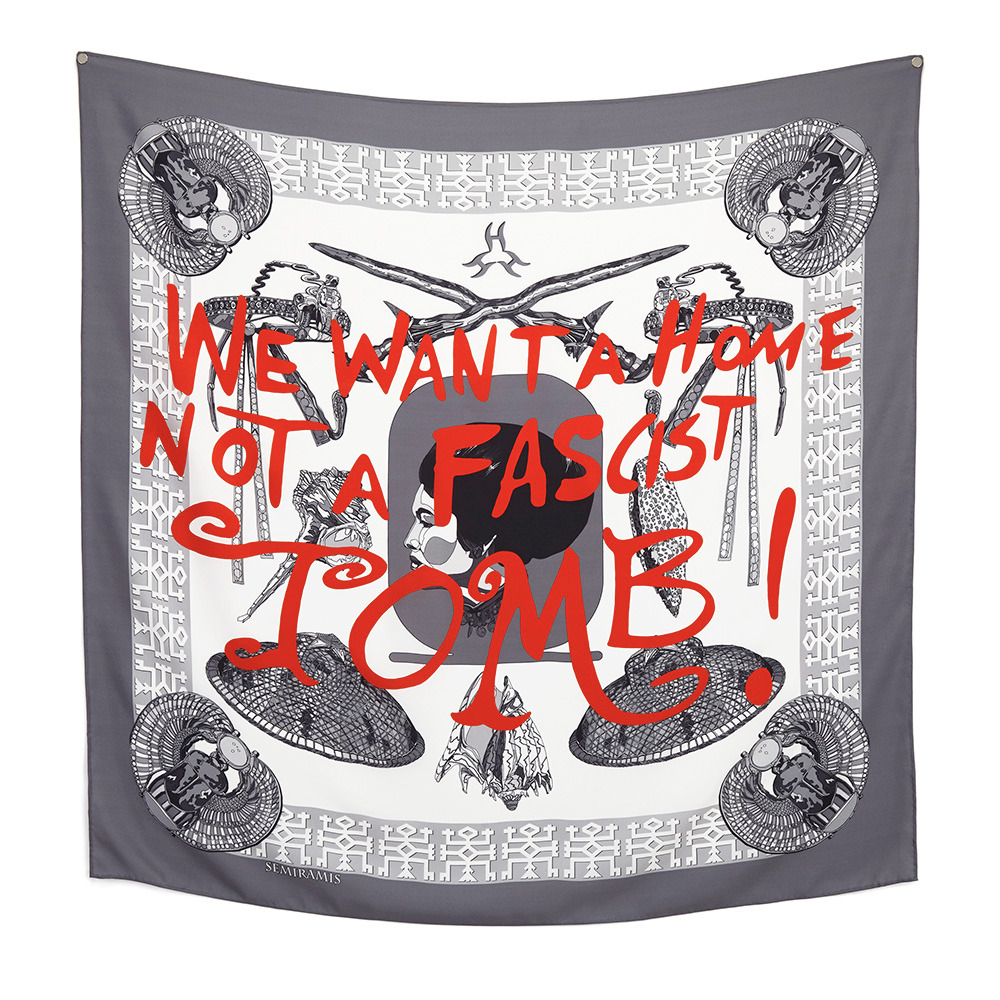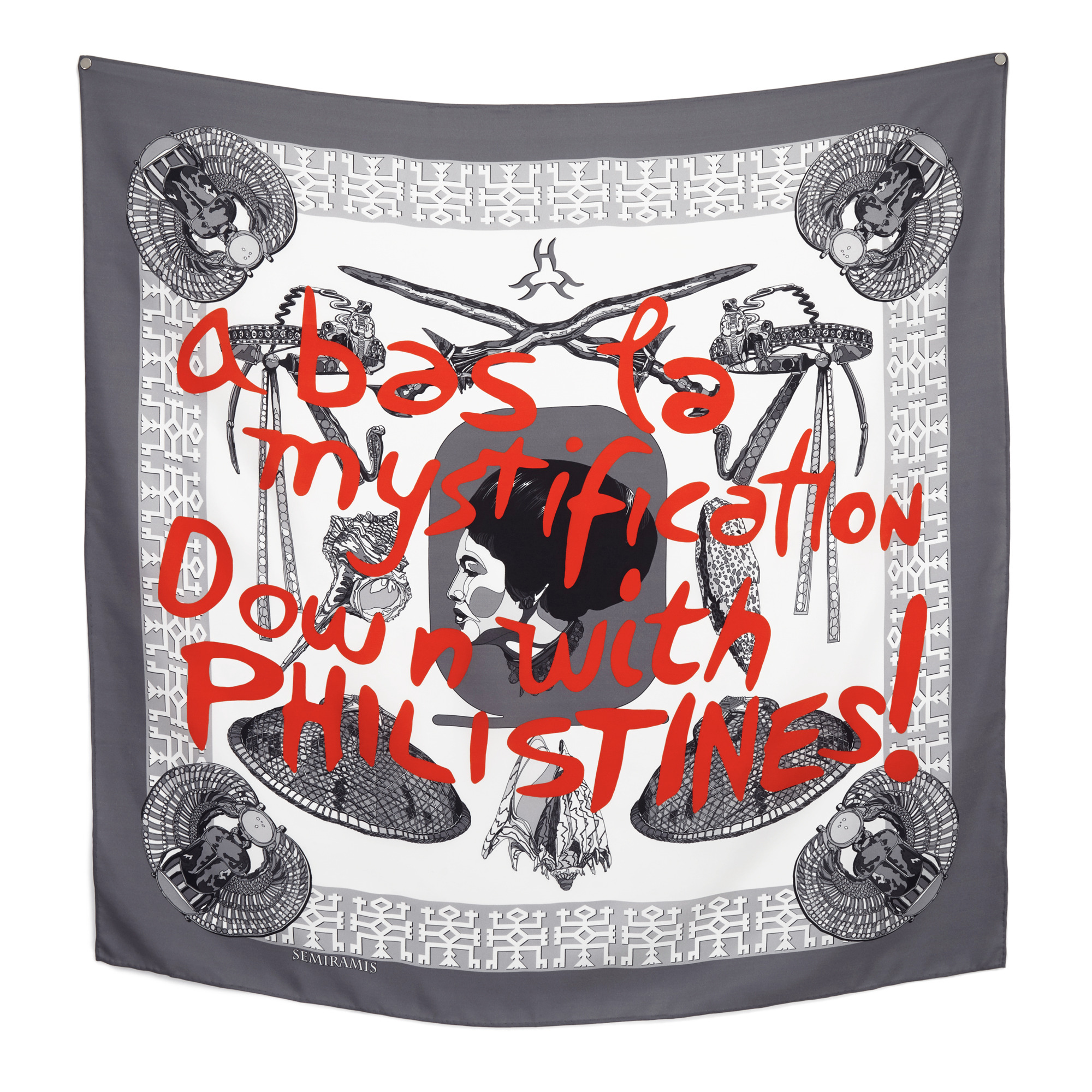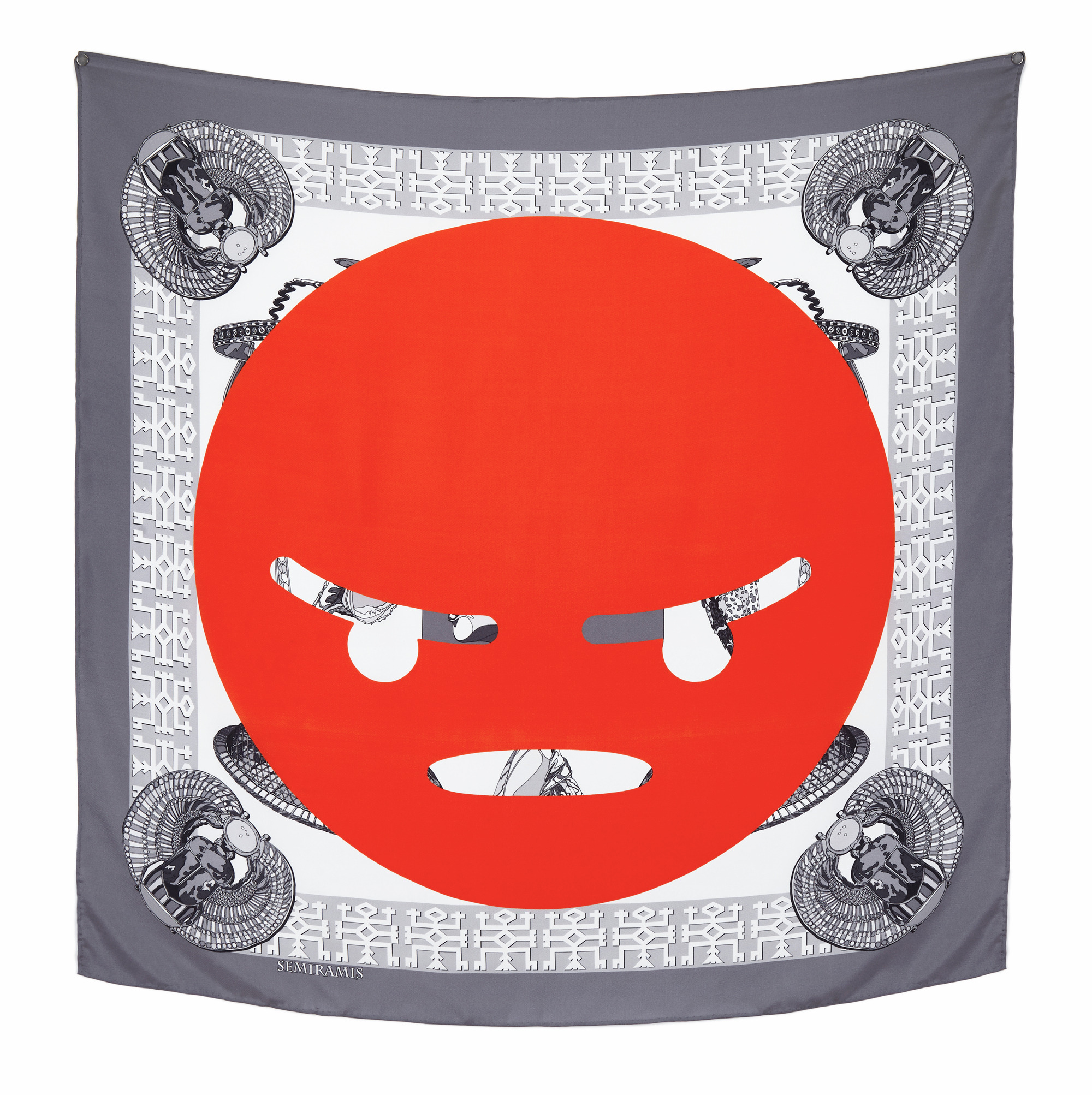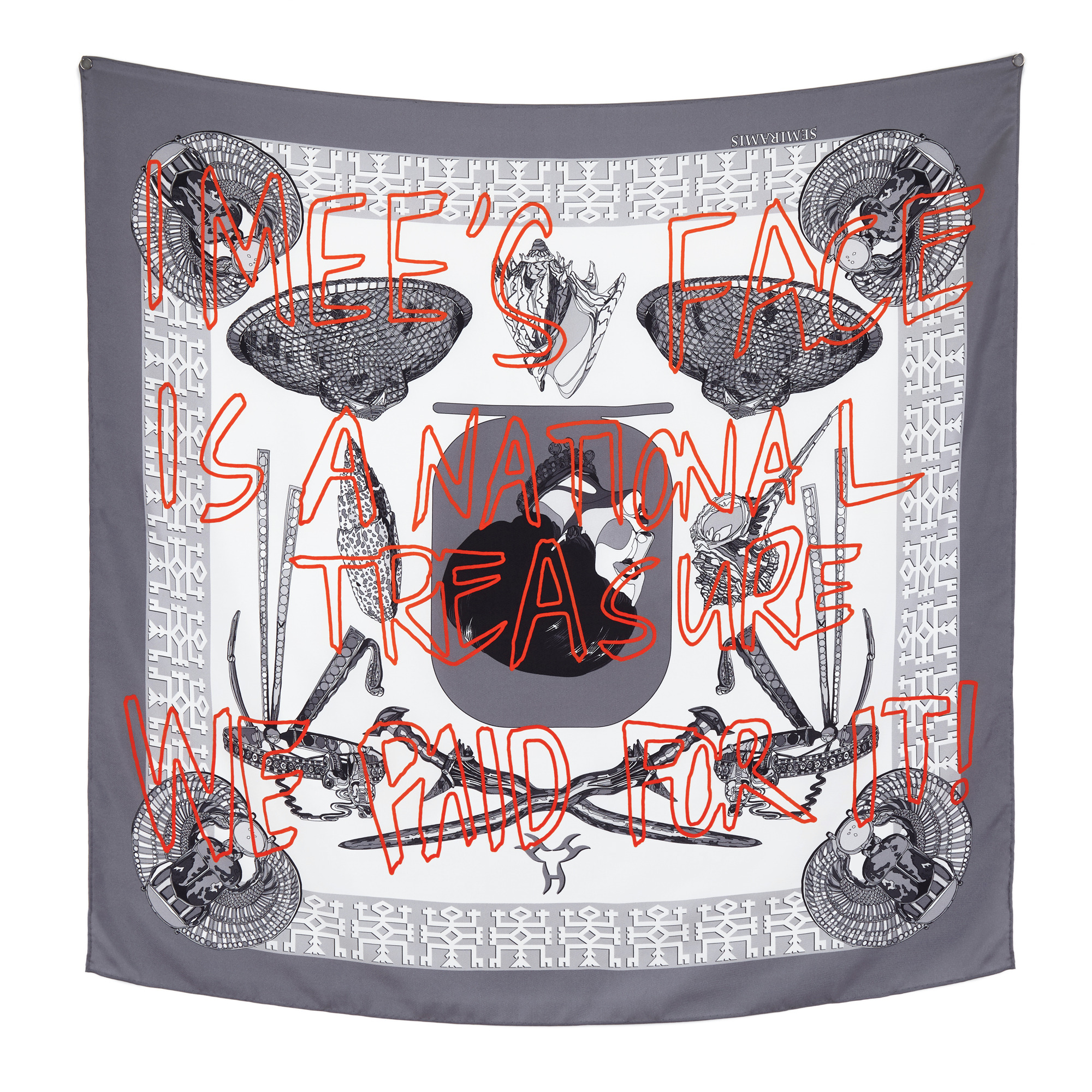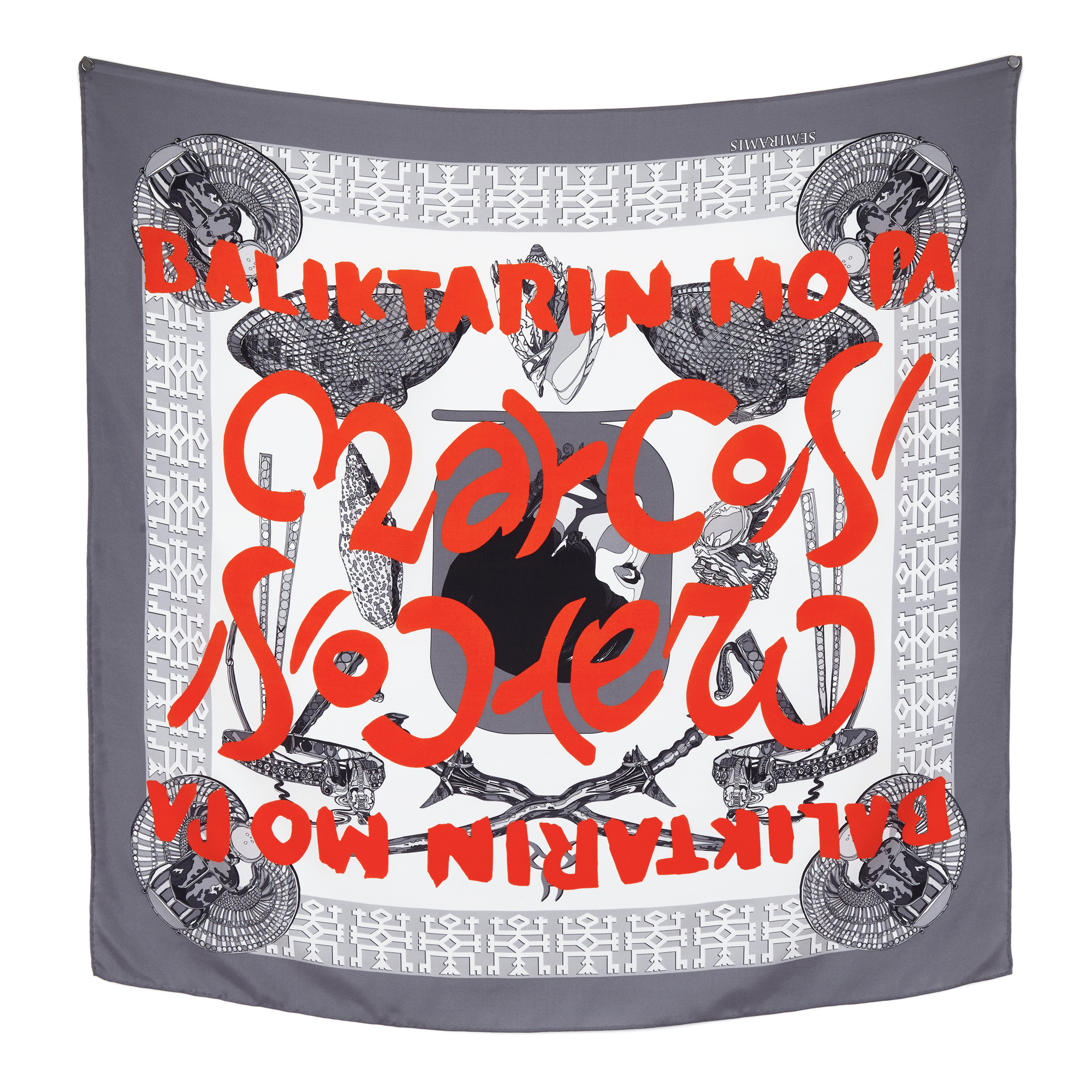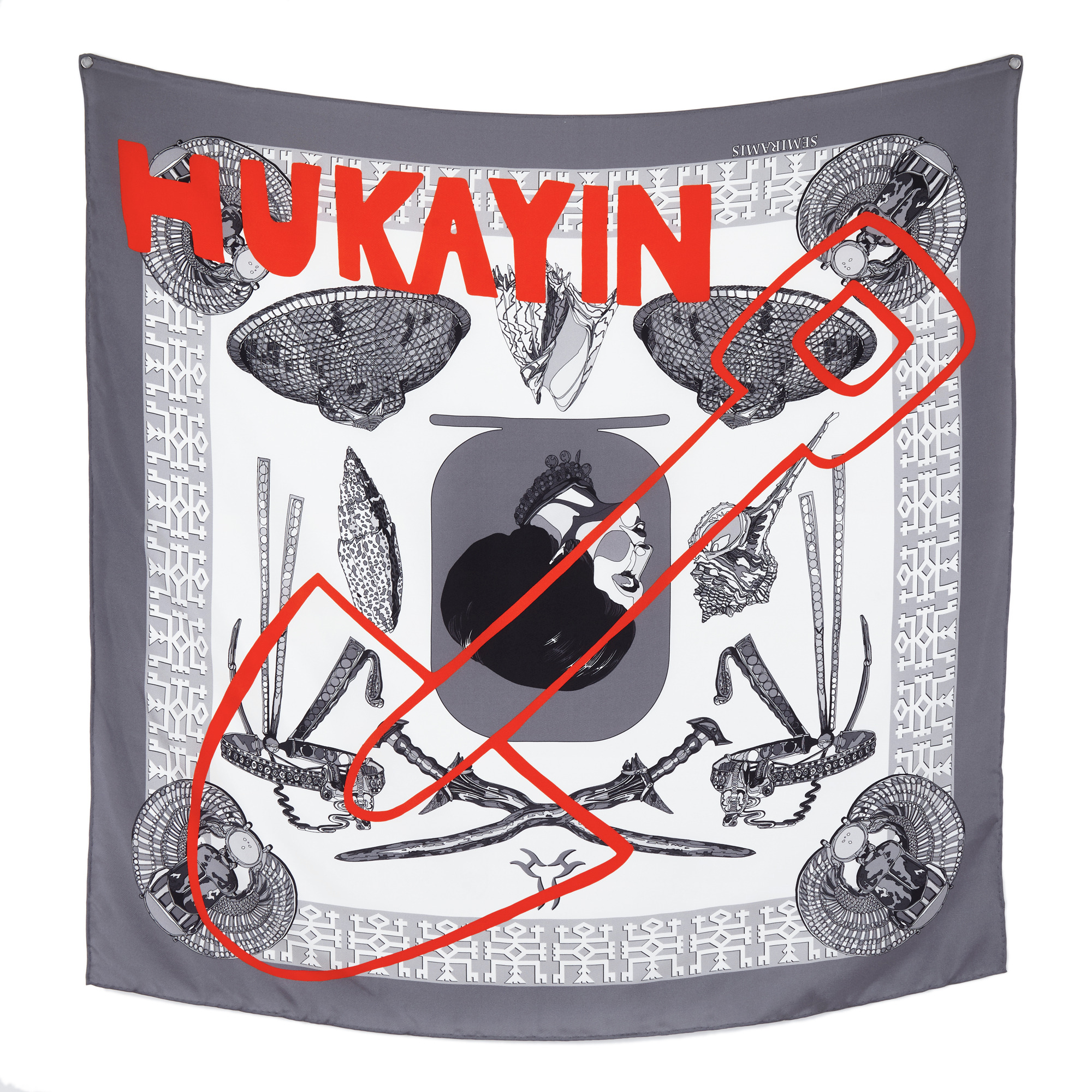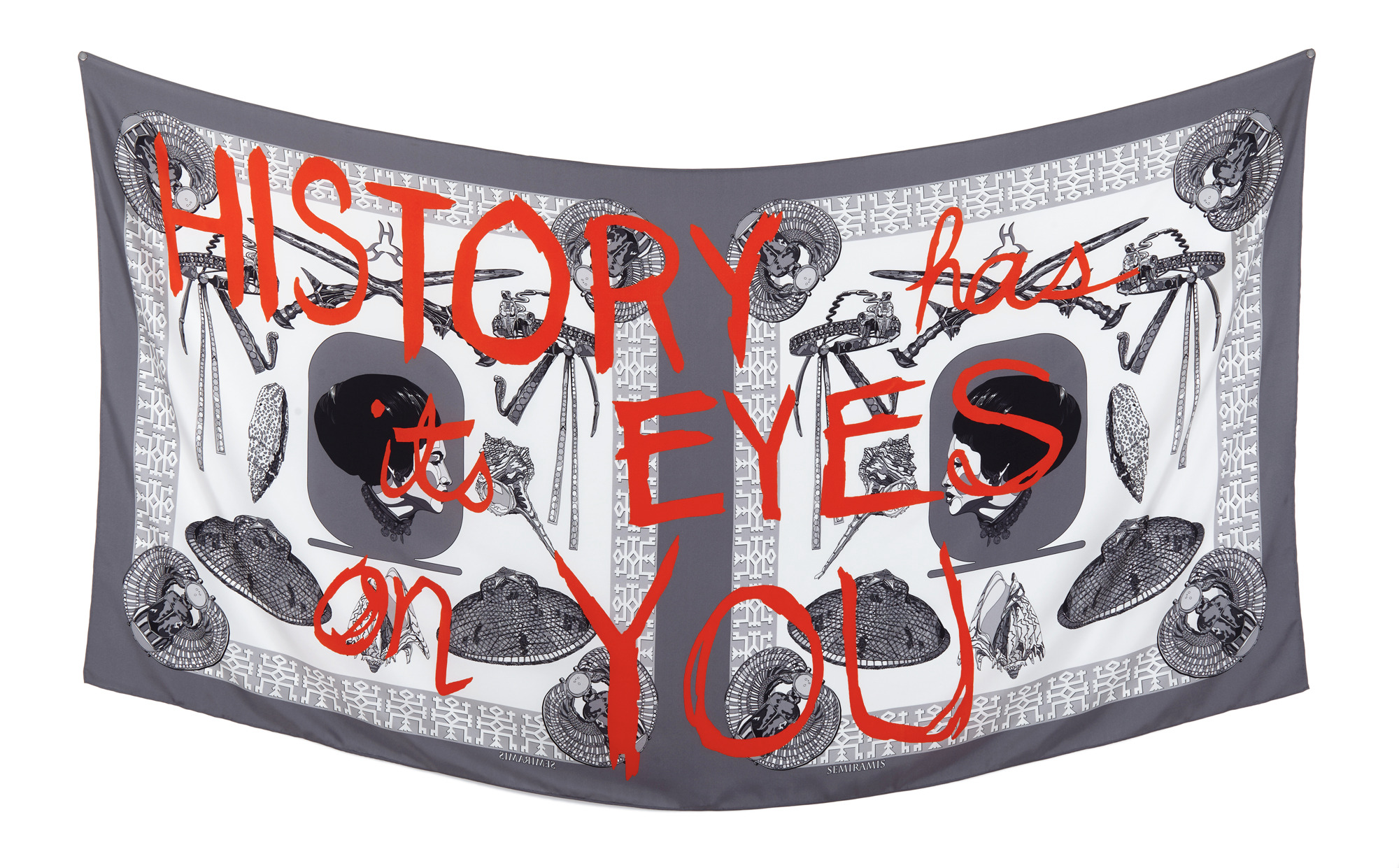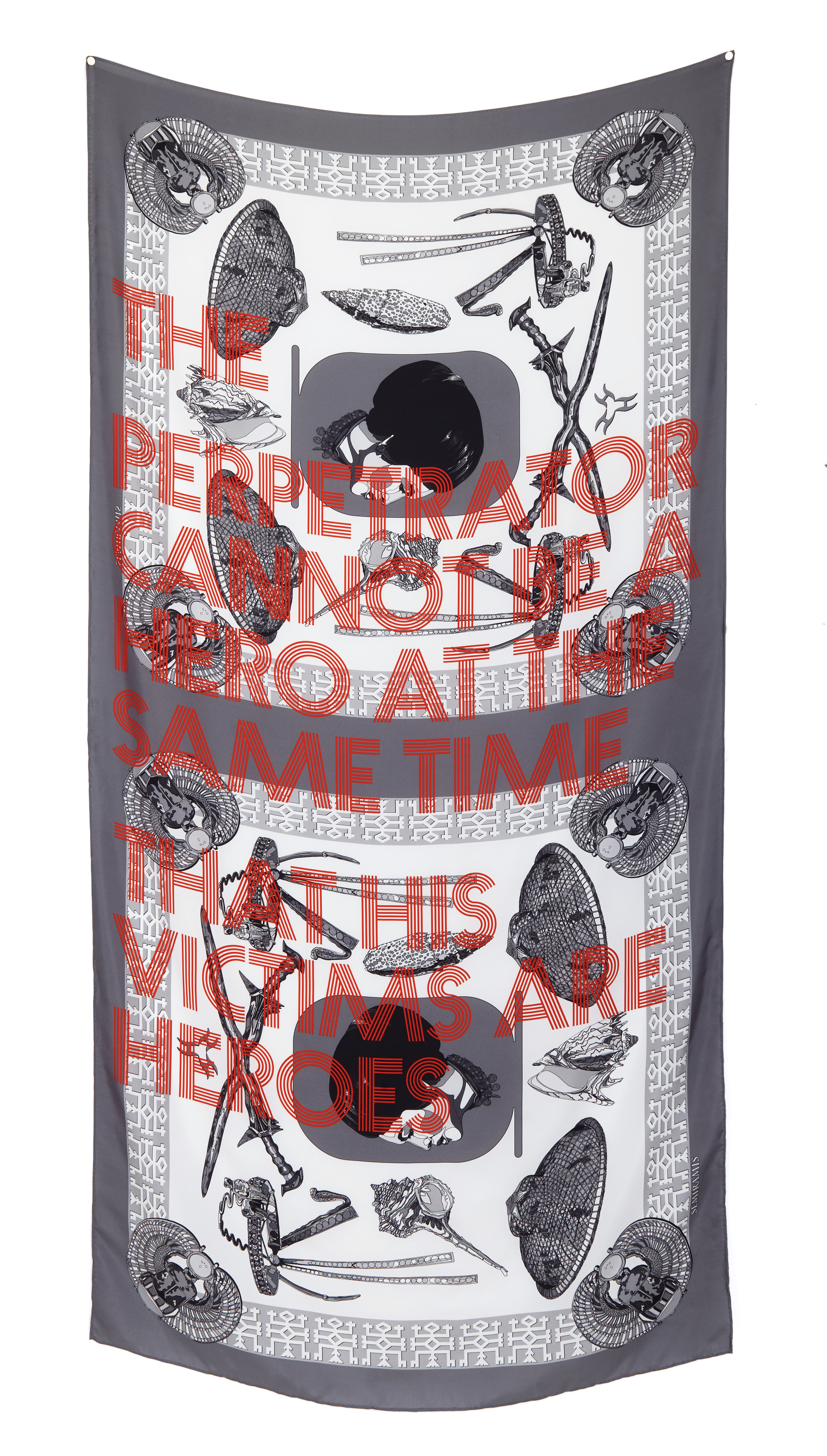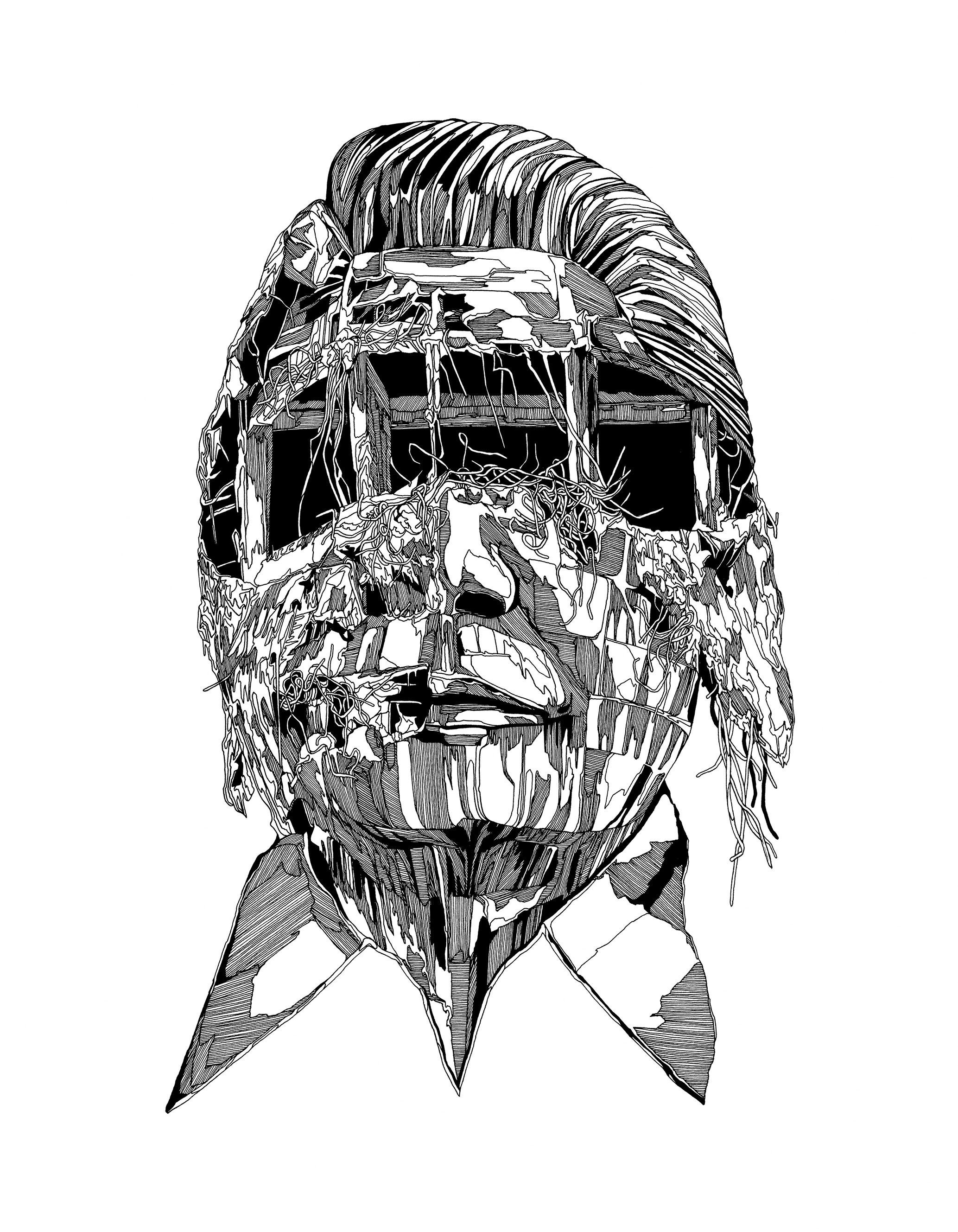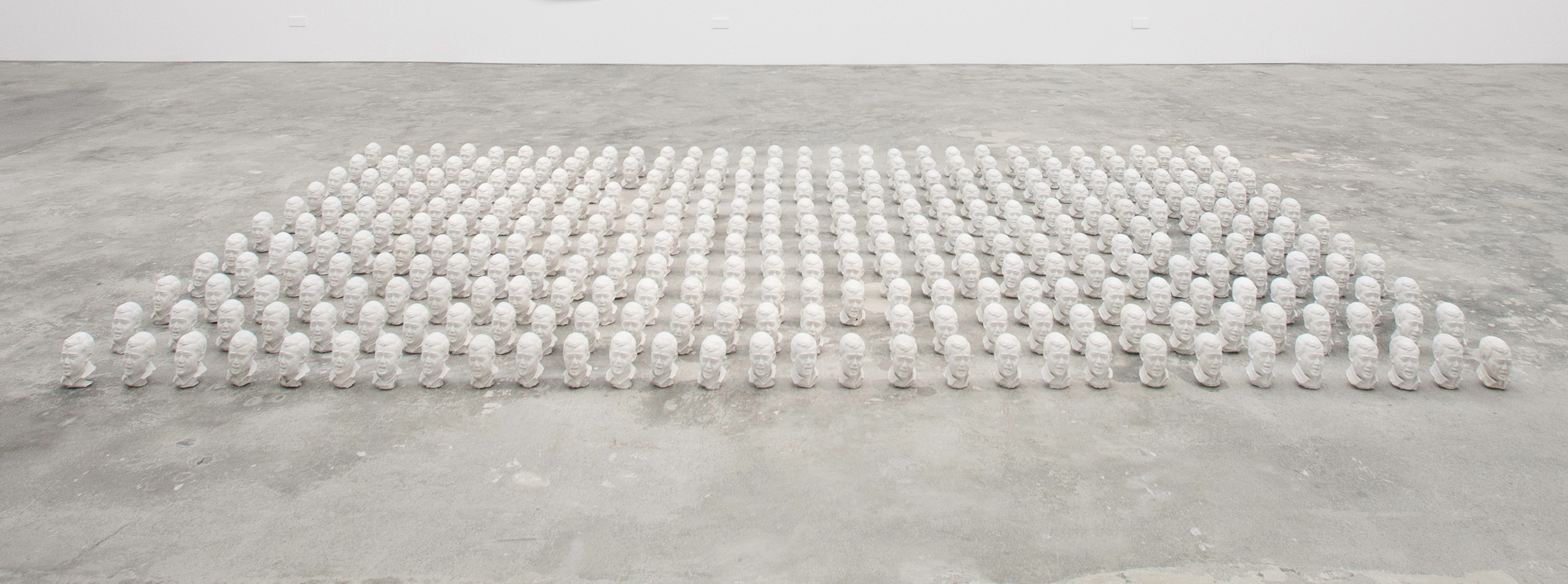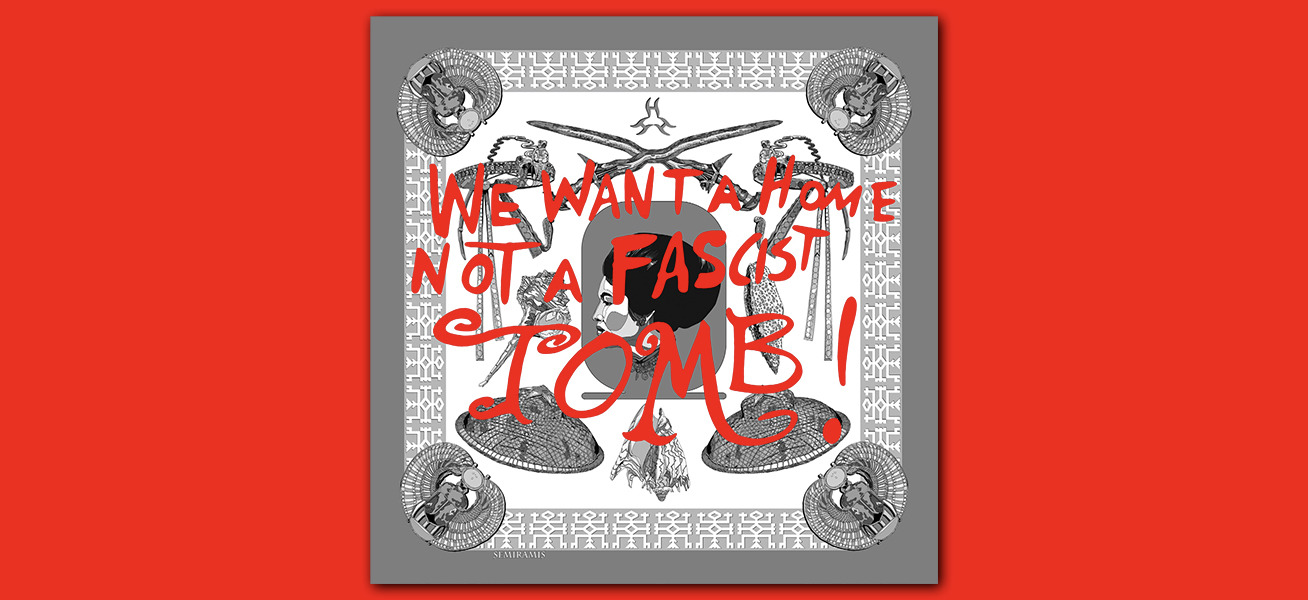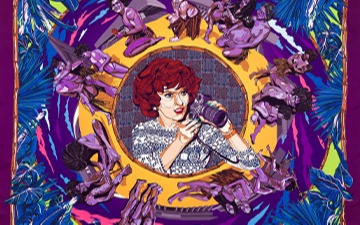
COUNTERNARRATIVES
Pio Abad
Silverlens, Manila
Installation Views
About
Pio Abad returns to Silverlens, Manila with Counternarratives. In his second exhibition at the gallery, Abad continues his engagement with Philippine political history, specifically looking at the problematic cultural legacy of the Marcos dictatorship in light of recent attempts to rehabilitate this dark chapter in the nation’s history. In a new body of work, he reconfigures familiar narratives and excavates dismantled iconographies in an attempt to understand the seemingly breath taking pace at which this history has unravelled.
The title of the exhibition, Counternarratives, is taken from a collection of short stories and novellas by the American author John Keene that draws upon multiple accounts—memoirs, newspaper articles and speculative fiction—to offer new perspectives on the past and the present. Abad uses the same approach throughout the exhibition, translating stories from historical residue into images and objects that reflect on acts of mythmaking, monumentalising and forgetting.
The exhibition opens with Untitled (Malakas), a series of seven screen prints repeatedly depicting the defaced hillside bust of Ferdinand Marcos. The 30 metre concrete monument was erected in Benguet in 1980 as the centrepiece of a proposed Marcos Park in expropriated tribal land. The construction was said to have displaced the Ibaloi tribe who were forced to sell their land at outrageously low prices. After the Marcoses were forced out of office in 1986, the Ibaloi slaughtered a carabao and a pig and poured the animals’ blood into the bust in an exorcism ritual before filing a case to reclaim their land. While the case languished in the courts, the debate continued as to whether the bust should be removed or kept as a reminder of the atrocities committed during martial law. That decision was made when the bust was destroyed with dynamite by unnamed perpetrators in the early hours of December 29th 2002.
Repetition plays a central role in the exhibition, both as a visual strategy and an appeal to memory. The installation Studies from a Forgotten Monument occupies the gallery floor with 327 plaster casts of Anastacio Caedo’s portrait study of Ninoy Aquino. In 1986, the renowned monument builder was commissioned to create a bronze statue of the national hero on the corner of Ayala Avenue and Paseo de Roxas in Makati. Caedo chose to immortalize Aquino at the precise moment of his assassination, shot in the head as he descended the steps of the China Airlines flight that brought him back to the Philippines after three years in exile. Caedo’s portrayal was deemed too depressing, not in keeping with the triumphal spirit that Ninoy’s death brought to the political landscape, and it was subsequently replaced with a more conventional statue. Abad’s installation revisits Caedo’s version—its insistent portrayal of terror and sacrifice a more appropriate symbol for the less triumphant times of now.
The final works in the exhibition are a series of ten banners on silk, also entitled Counternarratives. The artist appropriates an earlier work, which depicts Imelda Marcos as the reincarnation of the ancient Assyrian queen Semiramis, as a recurring motif. In an autobiography published in 1980, Imelda recounts the events following her assassination attempt in 1972 when a man named Carlito Dimahilig lunged at her with a bolo knife. While recuperating in the hospital, she had a vision of Semiramis leading a huge crowd praying for her recovery and invoking her to rejoin ‘the stream of life’. Imelda would later reveal that an Indian mystic had once told her that she was the reincarnation of Semiramis. Perhaps realising later that Semiramis lacked the iconic quality that Imelda required, a painting commissioned to commemorate the revelation inexplicably depicts Semiramis as the more familiar Egyptian ruler Nefertiti. This bizarre myth of reincarnation was among many that scaled the heights of political fantasy and misrepresentation during the Marcos regime. Myths that continue to enthral as they lead to certain political ruin.
Emblazoned in red on the silk surfaces are signs appropriated from political protests. An inventory of action often taken amidst a paucity of dissent—from David Medalla’s placard "A BAS LAS MYSTIFICATION! DOWN WITH THE PHILISTINES!" which the artist held up during the opening night of the Cultural Center of the Philippines in 1969 to "HISTORY HAS ITS EYES ON YOU" a line sung by George Washington in the musical Hamilton refashioned as an anti-revisionist sign during the protests against the recent burial of Ferdinand Marcos at the Libingan ng mga Bayani.
Accessing and reimagining these artefacts from our collective political imagination, Pio Abad raises questions about how they might play into our current lives, when images that were once ridiculous now seem lethal and objects that used to be fragments of the past now appear to be glimpses into an increasingly perilous future
Pio Abad (b. 1983, Manila, lives and works in London) began his art studies at the University of the Philippines before receiving a BA from Glasgow School of Art and an MA from the Royal Academy Schools, London. He has had solo exhibitions at Centre for Contemporary Arts Glasgow; 4A Centre for Contemporary Asian Art, Sydney; Gasworks, London and Glasgow International Festival of Visual Art. He has also participated in group exhibitions at Kadist Foundation, Paris; EVA International Biennial, Limerick; e-flux, New York City; Asia Art Archive, Hong Kong; Whitechapel Gallery, London; Mackintosh Museum, Glasgow; and the Museum of Contemporary Art and Design (MCAD) Manila. Forthcoming projects include exhibitions at Art Basel Encounters, Hong Kong; Silverlens, Manila and Oakville Galleries, Ontario.
Pio Abad’s practice is concerned with the social and political signification of things. His work, in a range of media including textiles, drawing, installation and photography, uses strategies of appropriation to mine alternative or repressed historical events, unravel official accounts and draw out threads of complicity between incidents, ideologies and people. Often taking on the form of domestic accessories, Abad’s artworks glide seamlessly between these histories, enacting quasi-fictional combinations with their leftovers.
Works
